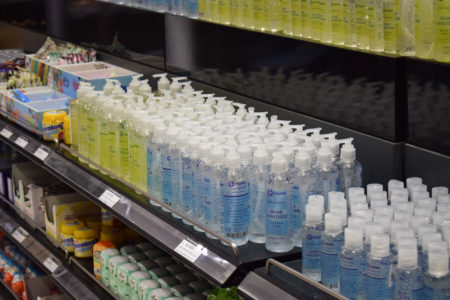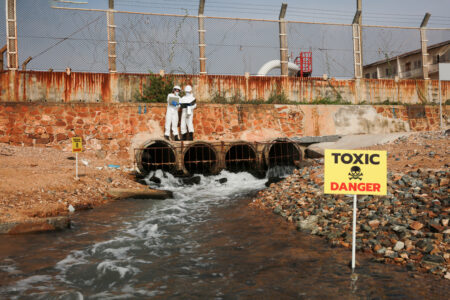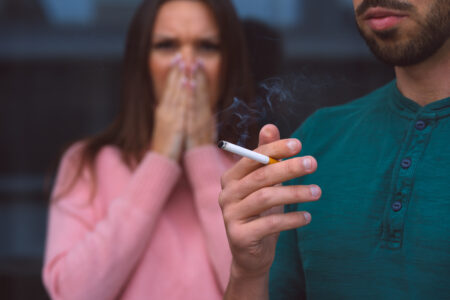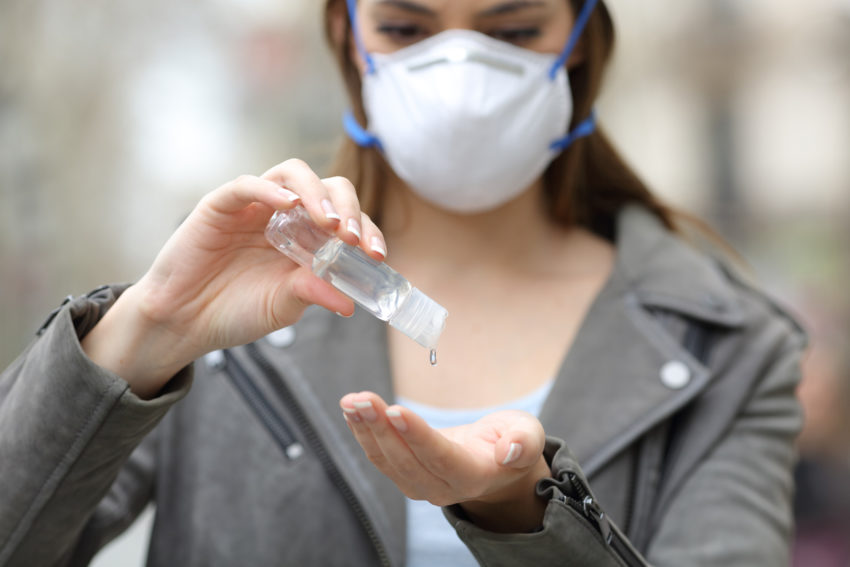
Share On Social!
As everyone adapts to a quickly spreading coronavirus, many are taking every precaution necessary to avoid infection and spread — including practicing good hygiene.
Using hand sanitizer is a popular way to keep your hands clean and avoid coronavirus. Companies throughout the world have ramped up production of these kinds of items to meet the demands of consumers reacting to the wide sweeping nature of this pandemic.
Still, not every company has the best intentions, according to New Jersey physician anesthesiologist Dr. Nina Radcliff.
“Hand sanitizers that are deemed safe and used effectively can serve as a secondary method of hand washing,” Radcliff writes in a recent The Press of Atlantic City health column. “But not all hand sanitizers are created equal and it’s important to understand that the wrong alcohol or content percentage, or improper use, can pose serious danger to your health.
“COVID-19 has caused the demand for hand sanitizers to increase exponentially, but not all products being offered today are safe or effective.”
What Makes Certain Sanitizers Safe or Harmful?
Public health officials say soap and water should always be someone’s first choice when aiming for hand cleanliness.
But those are not always available.
Hand sanitizer becomes the next option. But using hand sanitizers carry their own risks — especially those that contain toxic ingredients, including:
When ingested, these harmful substances can lead to serious bodily damage, such as having to go to the hospital, blindness, and even death.
“Although people using these products on their hands are at risk for poisoning, young children who ingest these products and adolescents and adults who drink these products as an alcohol [ethanol] substitute are most at risk,” Dr. Stephen M. Hahn, FDA commissioner, told BainbridgeGa.
Despite the knowledge of the considerable risks these products pose—especially to kids—some brands are even packaging sanitation products to look like foods and beverages.
“I am increasingly concerned about hand sanitizer being packaged to appear to be consumable products, such as baby food or beverages,” Hahn said in a recent statement. “These products could confuse consumers into accidentally ingesting a potentially deadly product. It’s dangerous to add scents with food flavors to hand sanitizers which children could think smells like food, eat and get alcohol poisoning.
“Manufacturers should be vigilant about packaging and marketing their hand sanitizers in food or drink packages in an effort to mitigate any potential inadvertent use by consumers.”
This reaction falls in line with the symptoms experienced by those burdened with another disease — Toxicant-Induced Loss of Tolerance.
As chemically-sensitive individuals face toxic exposure from numerous sources—including fragranced products, furniture, water, and many others—a loss of tolerance to these substances develops. Patients call this being “TILT-ed,” according to Dr. Claudia Miller, a professor emeritus and leader of the Hoffman TILT program at UT Health San Antonio.
One major low- or high-level exposure event can cause the initiation of TILT. Then, following low- or high-level exposures can result in recurring, worsening side effects, including:
- Difficulties with attention, memory, and mood
- Flu-like symptoms
- Gastrointestinal problems
- Allergy-like symptoms
- Migraines and headaches
- Fatigue and muscle pain
How Can You Avoid The Harmful Products?
FDA has been warning people of the dangerous ingredients found in certain sanitizing items since June.
One way to circumvent toxic exposure is by researching which products are unsafe on the FDA’s Hand Sanitizer Do-Not-Use List. Before purchasing any sanitizers, consumers can discover if they are safe by searching the database using:
- Product or brand name
- Manufacturer, or the company that produced the product (may not be included on the product label)
- Distributor, the company that brings the product to market
- NDC or National Drug Code number (may not be included on the product label)
Some of the items recently added to that list include Blumen products, Hello Kitty Sanrio Hand Sanitizer, and Assured Aloe hand sanitizer.
Conversely, there are a number of safe and usable sanitizers out there, according to NBC News.
Still, as has been the case from the start of the pandemic, the best way to keep clean is the old-fashioned way, according to Melissa Szarzynski, manager of Infection Prevention at Shore Medical Center in Somers Point. 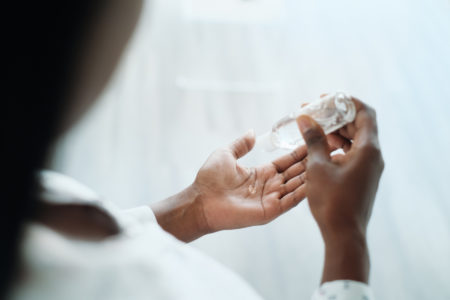
“In addition to proper fitting masks, to help stop the spread of the coronavirus we need to wash our hands with soap and water for at least 20 seconds after coming in contact with high touch areas,” Szarzynski told Market Screener. “If soap and water are not immediately available then use hand sanitizer that is at least 60% ethyl alcohol, and avoid touching your eyes, nose, and mouth with unwashed hands.”
What Else Can You Do?
As we figure out what products are safe, we also must ensure the safety of our communities.
That’s why Salud America! at UT Health San Antonio launched the “Juntos, We Can Stop COVID-19” digital communication campaign to help Latino families and workers take action to slow the spread of coronavirus.
The #JuntosStopCovid campaign features culturally relevant fact sheets, infographics, and video role model stories to encourage Latinos to change their public health behaviors.
Share the campaign with your friends, family, and colleagues!
Explore More:
Chemical & Toxic ExposureBy The Numbers
1
Quick Survey
Can help you find out how chemically sensitive you are

